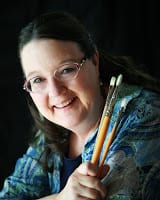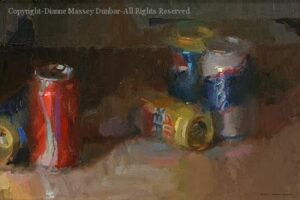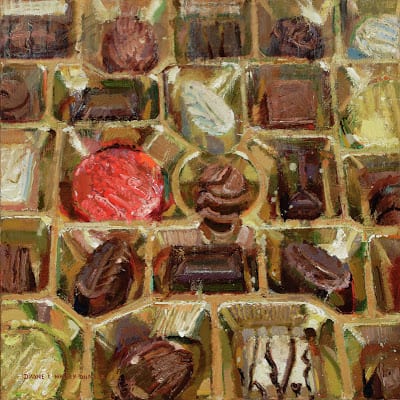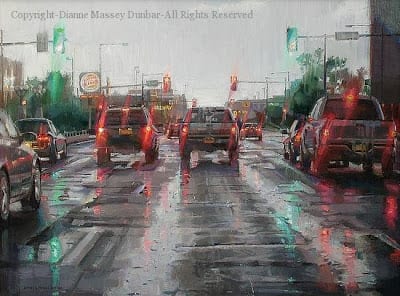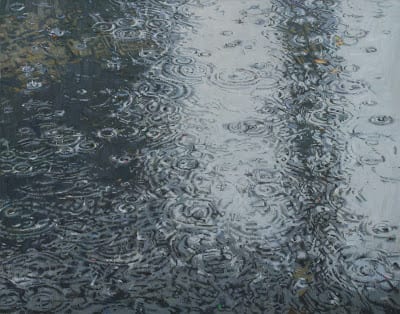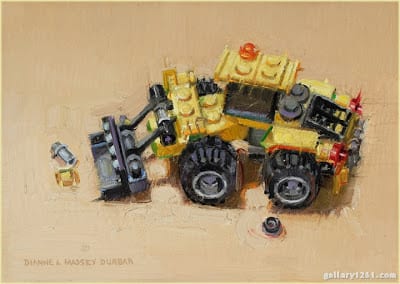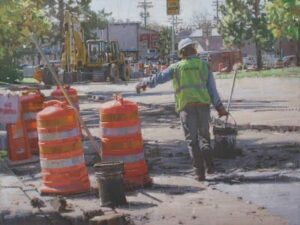Paul Strisik was a master artist and teacher. He authored a couple of important books:
The Art of Landscape Painting and Capturing Light in Oils. I believe you will find his views about painting helpful. Foremost, before beginning a painting, he stressed having a clear “conception of the subject”. I call it “your painting concept”.
What is meant by a “painting concept” and how is it determined? Let me explain.

When someone designs and builds a house or just purchases existing blueprints…before any of that…a decision has been made, an idea is finalized as to the style of house desired. It might be a colonial, ranch, country, contemporary, or Victorian; whatever the choice, that decision is the concept. It is called that because everything that follows is a result of that choice.
For example, if the concept is Victorian but all the design and building choices are ranch, will the result be Victorian or ranch? Obviously, it will be ranch. What happened? The original concept was not adhered to.

Similarly, for us artists, if the decision is to depict a landscape shrouded in fog but the painting actually produced contains intense color and high value contrast, the concept and finished piece have become incompatible.
So, even before the canvas is selected, a decision must be made as to what we want to communicate. Once the concept is established, don’t deviate from it or the likely result will be a confusing, discordant painting, or one significantly different from the original concept/idea. I don’t want to leave the impression that deciding upon a concept is always easy and comes naturally. Many times, the subject itself will clearly reveal a concept for you…the overall design, dramatic lighting affects, and interesting color harmonies are but a few…but other times, as in the examples below, it really takes some thought.
Here are a few of my paintings illustrating the point. As you can see, the photo was only the starting point. Imagination took over from there. Each achieved painting is preceded by the photo used to inspire the final work; I call it the “photo concept” even though it merely records the subject. Paul Strisik says, the real measure of an artist is what we do with it.
Here are some helpful tips for determining a clear concept:
- Paint what you enjoy and understand. Painting is difficult enough, so begin with something that stirs your soul.
- Think. What do you want to say? What made you stop to paint, sketch, or photograph this scene in the first place? Fine painting is more than an emotional outburst.
- What is it about the subject that deeply and instinctively appeals to you? Some possibilities are: composition, color, lighting (overall mood/value relationships), and the emotion activated within you.
As you can see from all of the above images, my motivation was inspired by the composition. From that point, I brought my concept of the subject to the final work.
